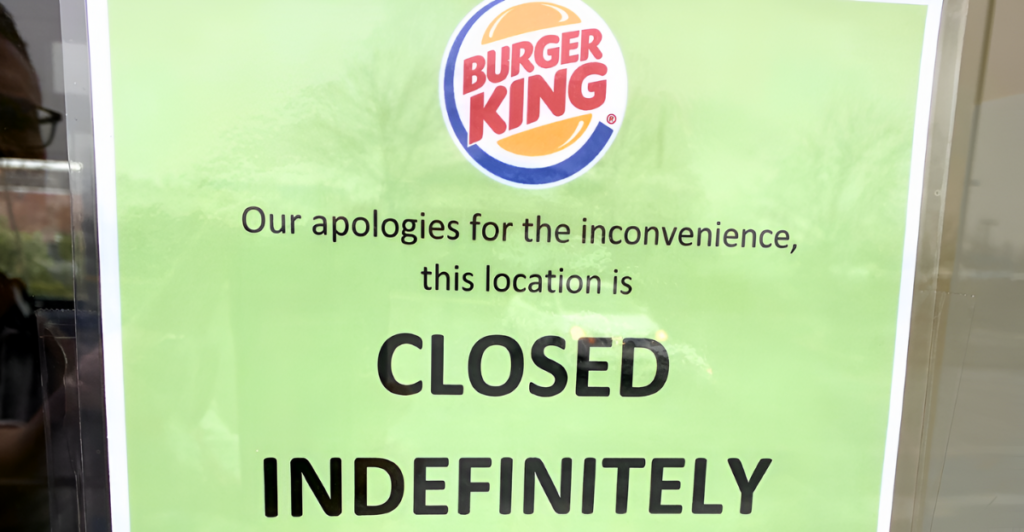
Burger King, once a dominant player in the fast food burger sector, is currently facing significant challenges that have led to widespread franchisee bankruptcies and the closure of hundreds of locations across the country.
The crisis reflects broader industry pressures, including fierce competition from major chain giants like McDonald’s and Wendy’s, rising operational costs, and changing consumer habits.
The recent financial woes among several major Burger King franchisees only underline the brand’s challenges in maintaining profitability and relevance in a rapidly evolving marketplace.
Franchisee Bankruptcies and Location Closings
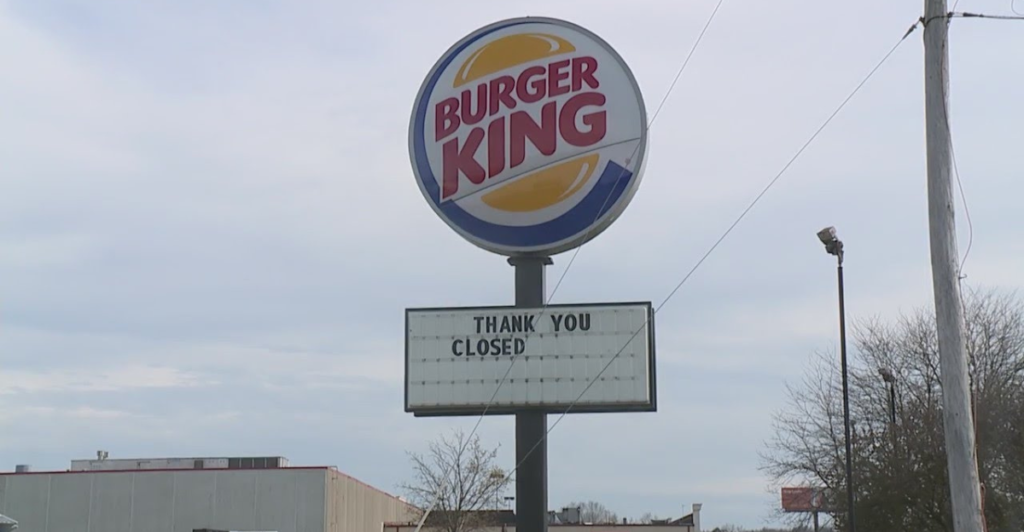
Several major Burger King franchisees filed for Chapter 11 bankruptcy in 2023 and 2024, causing many restaurants to shut down. Meridian Restaurants Unlimited, which owned 120 locations, filed for bankruptcy in March 2023 and then sold 70 of those units to Burger King’s parent company and other franchisees.
However, 21 locations were not sold due to insufficient bids. Other franchisees , such as Toms King and Premier Kings, which had 90 and 172 locations, respectively, filed for bankruptcy during this period, compounding the brand’s crisis.
Economic Pressures on Franchisees

The financial difficulties faced by Burger King franchisees stem from a combination of factors, including rising labor and food costs driven by inflation, increased rent and shipping expenses, and a decline in consumer spending post-pandemic.
These economic pressures have strained cash flow and profits, forcing many franchisees to declare bankruptcy or shut down.
These challenges have been exacerbated by both the impact of the pandemic on foot traffic and shifting consumer preferences toward dining out, which have further exacerbated these challenges.
Consolidated Burger Holdings Bankruptcy
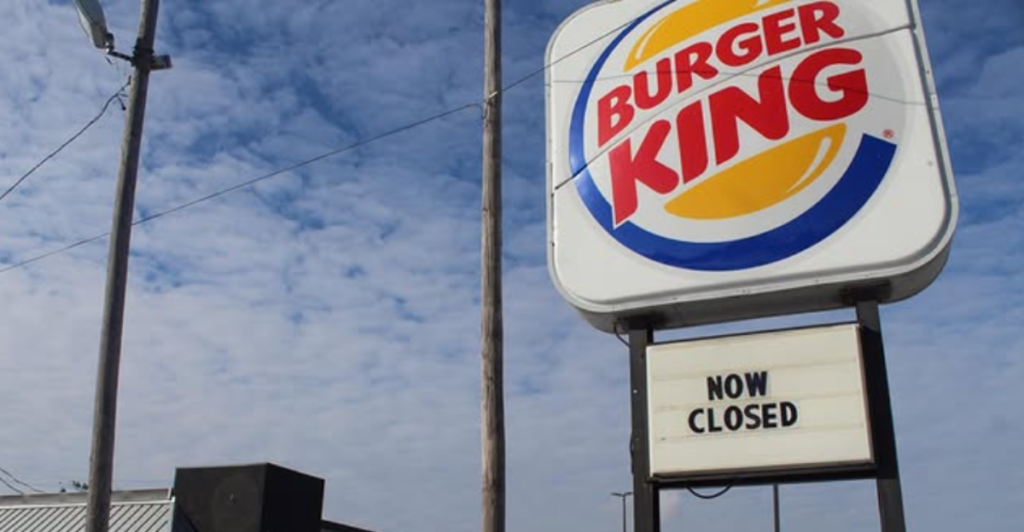
One of the most recent and significant filings came from Consolidated Burger Holdings LLC, a major franchisee that runs 75 Burger King restaurants in Florida and Georgia.
The company filed for Chapter 11 in April 2025, citing industry headwinds, an overly leveraged balance sheet, and declining revenue as key factors.
This franchisee had been locked into a legal battle with Burger King since 2019, but resolved the case in 2024, only to file for bankruptcy afterward. The filing listed assets and liabilities between $50 million and $100 million.
Fast-Food Challenges Across the Industry

Burger King’s struggles are part of a wider trend impacting the fast-food industry. Even smaller chains grapple with the same issues related to inflation-driven costs and changing consumer behavior.
Other burger chains such as BurgerFi and Hwy 55 Burger Shakes & Fries also filed for bankruptcy in 2024, underscoring the widespread nature of these challenges.
Additionally, supermarket chain Hy-Vee also shut down all 79 Wahlburgers franchise sites in early 2025, further illustrating the challenges confronting fast-food franchises in maintaining profitable operations.
Competitive Pressure from Major Chains
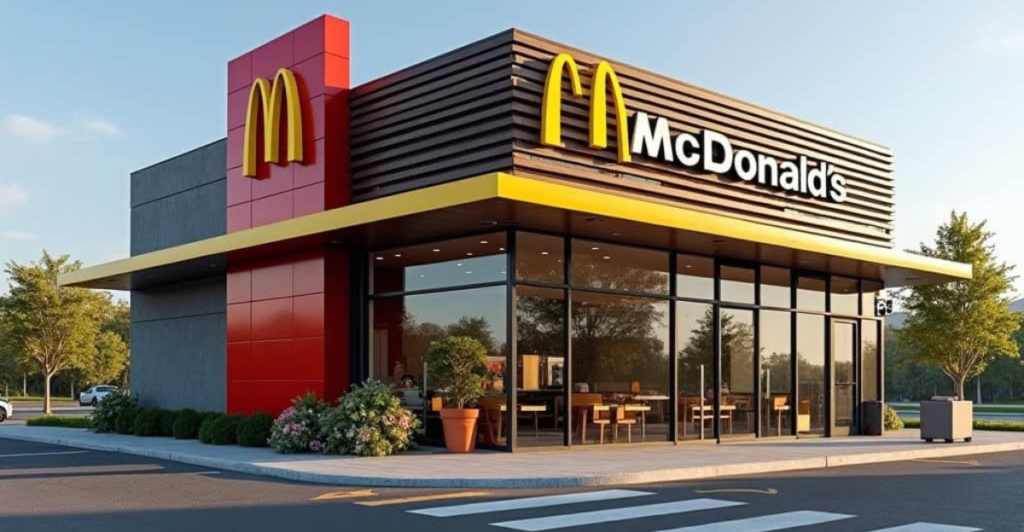
The fast-food burger market is dominated by the top four chains: McDonald’s, Wendy’s, Burger King, and Sonic. These giants have massive advertising budgets and extensive resources, creating a tough competitive environment for Burger King and smaller chains.
Burger King’s inability to keep up with the pace of innovation and marketing has resulted in its declining sales and market share, intensifying the pressure on its franchisees.
Brand Revamp and Modernization Efforts
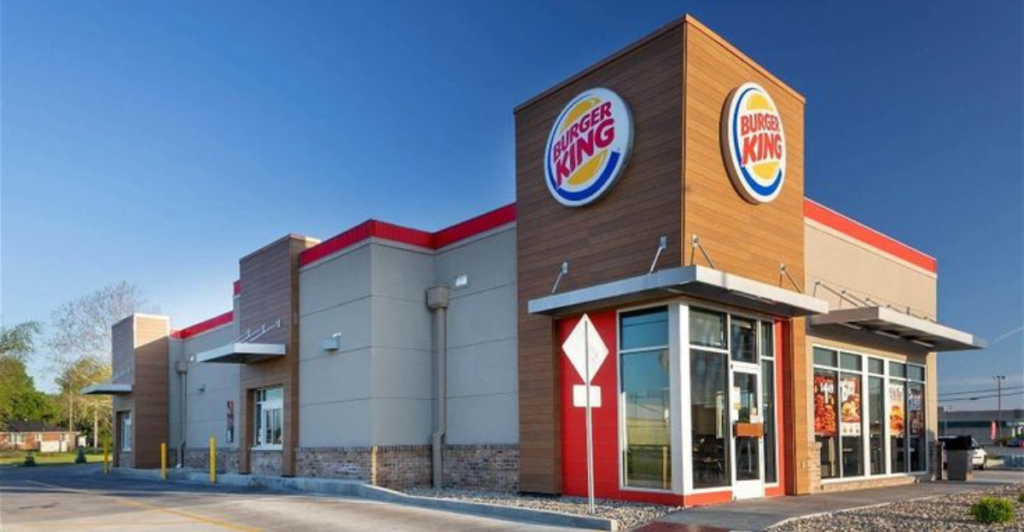
In response to these challenges, Burger King has embarked on a massive modernization and rebranding campaign called “Reclaim the Flame,” complete with a $400 million price tag.
The initiative is set to overhaul thousands of locations with tech upgrades, kitchen improvements, and physical refurbishments to improve the customer experience.
The program also involves refining the menu and advertising efforts. Plans include closing underperforming restaurants by 2026 and finishing remodeling by 2028.
Franchisee Financial Burdens
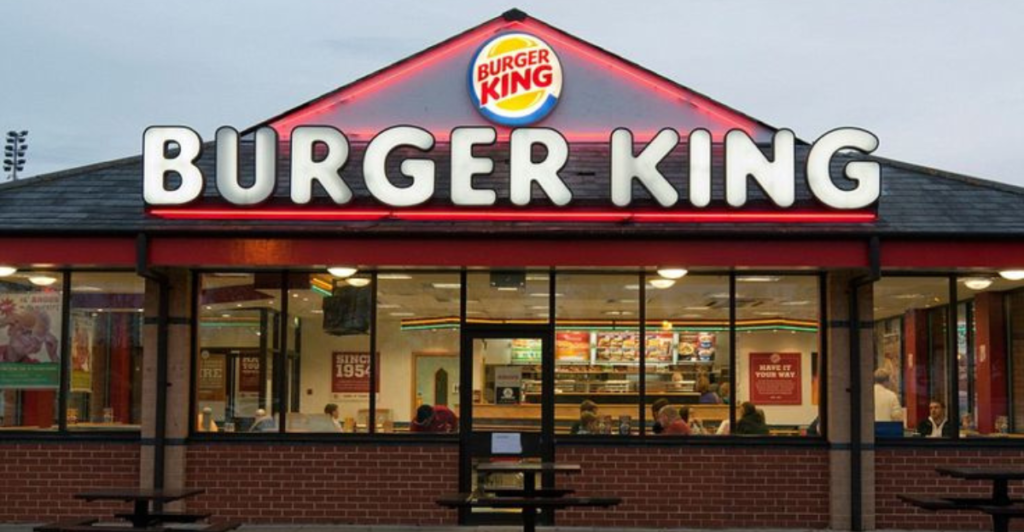
Despite corporate efforts, many franchisees have voiced displeasure with the high cost of the “Reclaim the Flame” initiative, which includes a costly investment in kitchen equipment and upgrades to the building and premises.
For struggling franchisees who are already facing financial stress, these mandates are seen as a drain on their finances.
This has contributed to tensions between Burger King’s corporate office and its franchise owners, which have created an atmosphere of distrust and resentment that has made it difficult to turn the brand around.
Impact on Employment and Communities
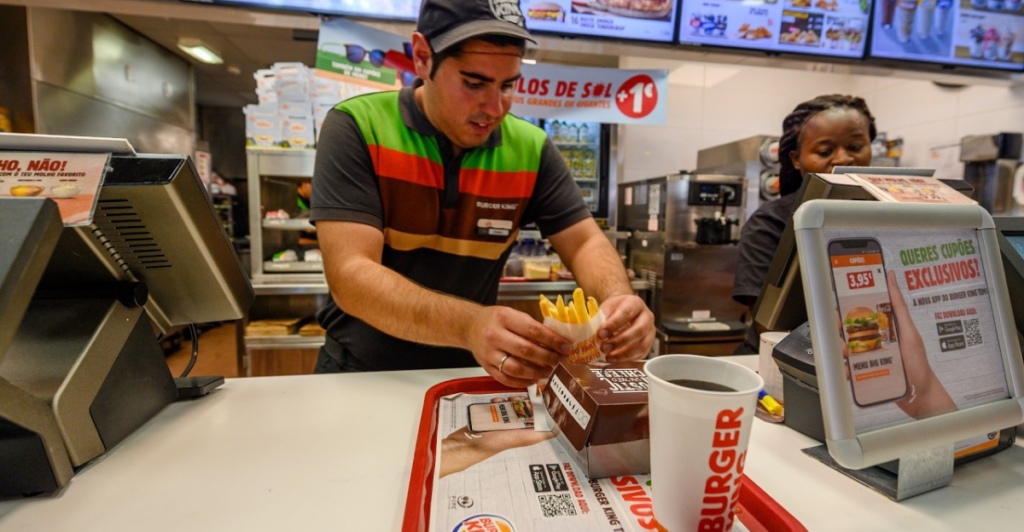
The closures resulting from franchisee bankruptcies and corporate decisions have resulted in hundreds of workers being laid off across several states.
Communities that once relied on Burger King locations for convenient dining options are now seeing these restaurants shutter.
The loss of these establishments will impact employment and diminish the brand’s presence and accessibility in multiple locations, potentially weakening customer loyalty.
Future Outlook for Burger King
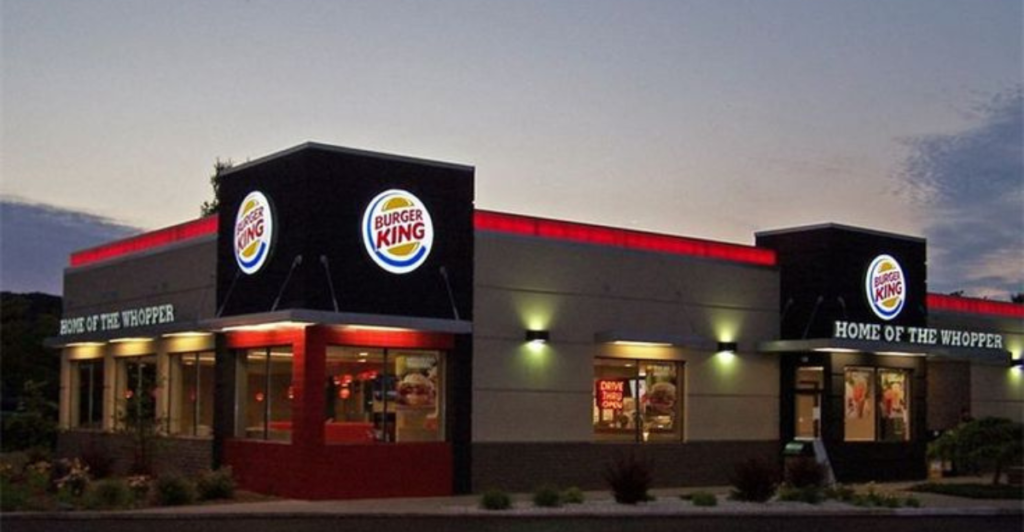
With more than 10% of its U.S. locations at risk or already closed, Burger King’s future remains uncertain. The company faces the dual challenge of revitalizing its brand and helping franchise owners in financial distress.
Success will depend on how well Burger King delivers on its modernisation plans, repairs franchisee relations, and competes with stronger rivals.
The fast-food giant must adapt quickly to evolving consumer preferences and economic realities to regain its footing.
Discover more trending stories and Follow us to keep inspiration flowing to your feed!

Craving more home and lifestyle inspiration? Hit Follow to keep the creativity flowing, and let us know your thoughts in the comments below!
